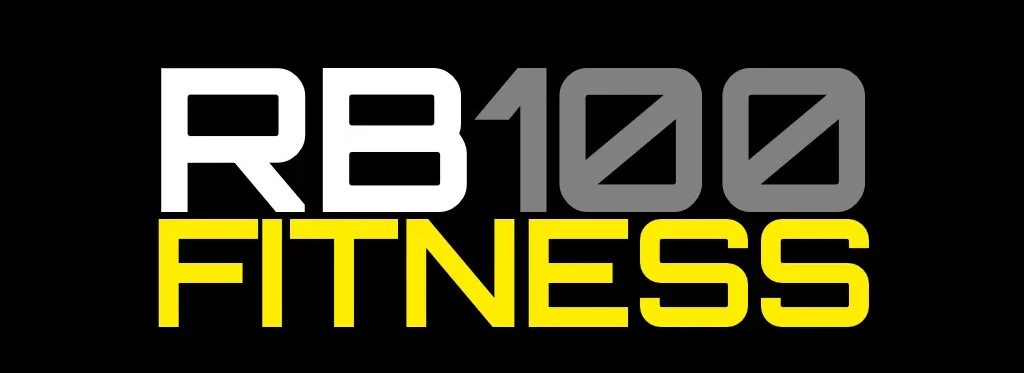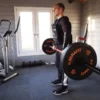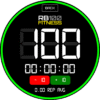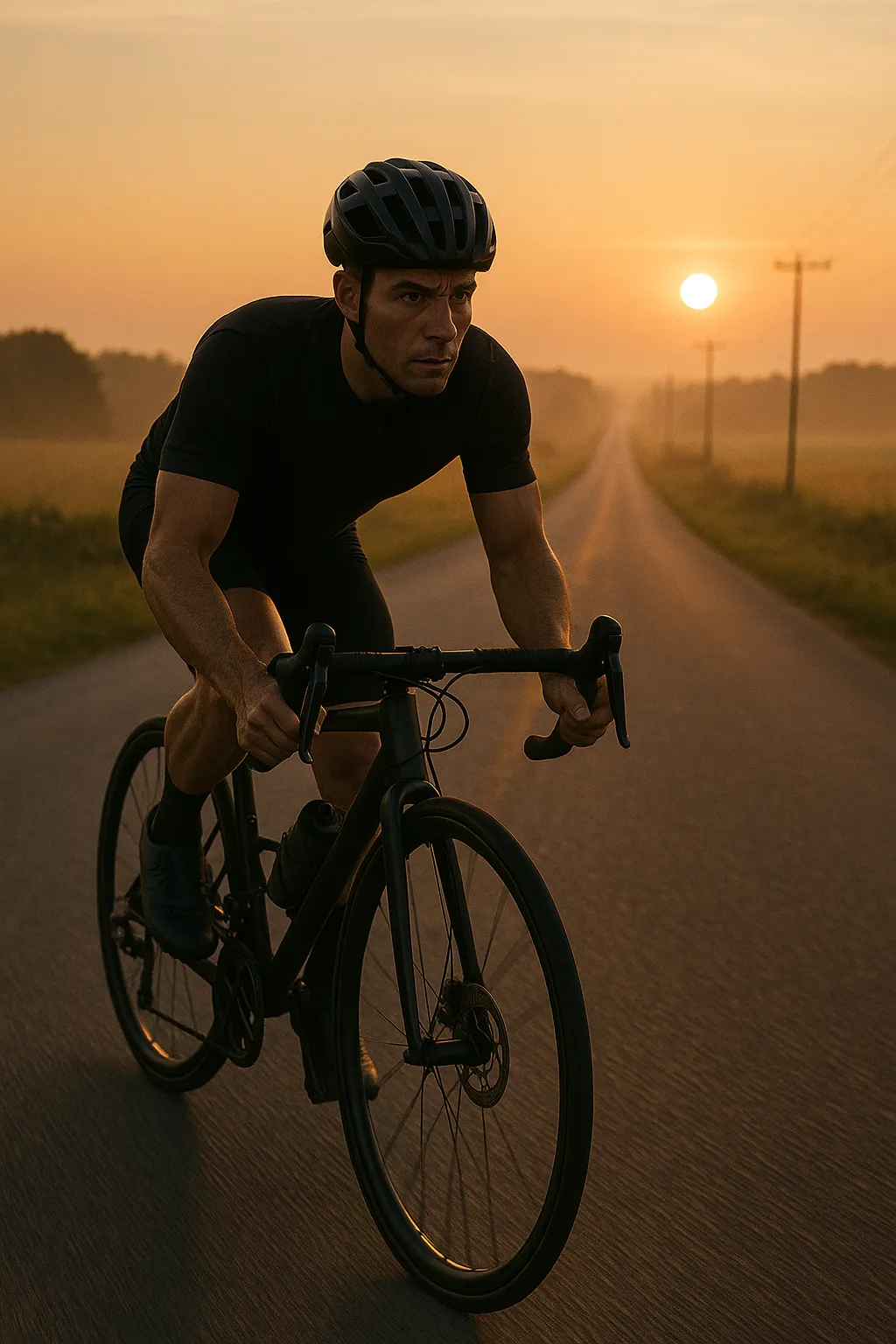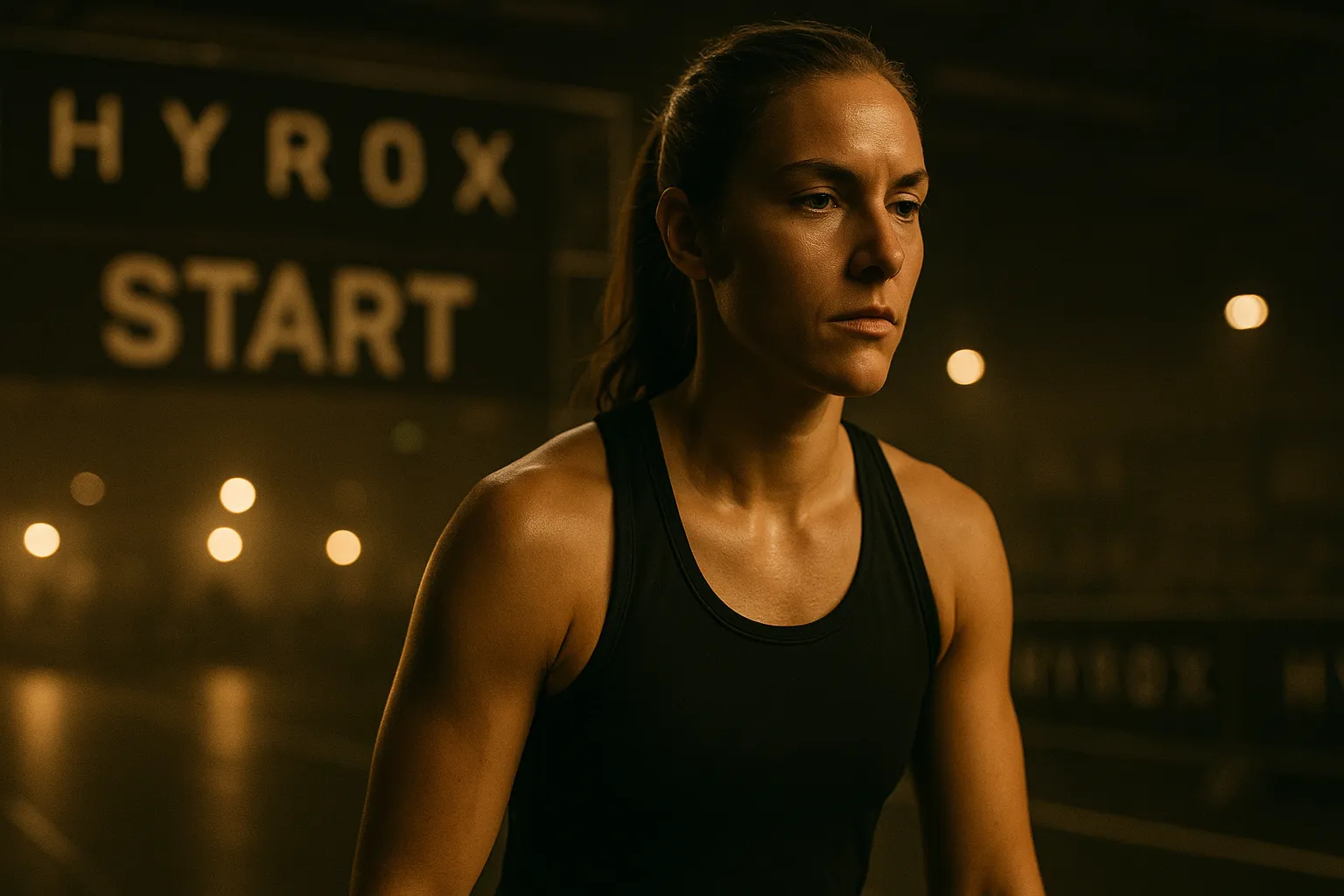Why thinking clearly matters in a chaotic race
HYROX is noisy, crowded and unpredictable. You move from SkiErg to running, from sleds to burpees, from carries to wall balls. As intensity climbs, thinking clearly becomes harder and small mistakes multiply. Yet the best athletes often look calm and efficient, even while working at high intensity.
This apparent calm is not an accident. It is the result of specific mental skills that they train on purpose. Visualization and flow state are two of the most powerful tools. When you learn how to use them, you can create a race experience that feels controlled instead of chaotic.
Linked reading: The HYROX Mindset: Training Your Mental Game for Hybrid Racing.
What is flow state in HYROX terms
Flow is the state where you are fully absorbed in the task, time feels different, and actions feel smooth rather than forced. In HYROX language, flow might look like:
- Runs that feel rhythmic rather than frantic
- Stations where your technique holds automatically
- Fast transitions that do not feel rushed
- A quiet, focused mind even when your body is working hard
Flow does not mean the race is easy. Instead, it means your skill level and the challenge are well matched. You are neither bored nor overwhelmed. Visualization is one of the key methods you can use to move yourself into this zone more often.
Linked reading: Race-Day Focus: How to Stay Present During HYROX.
Using visualization as mental rehearsal
Visualization is not simply daydreaming about a good result. It is structured mental rehearsal that engages all the senses. When done well, your brain responds to vivid imagery in a similar way to physical practice.
A simple HYROX visualization routine might look like this:
- Sit or lie down somewhere quiet for 5 to 10 minutes.
- Close your eyes and picture walking into the HYROX venue. Notice the floor, the lighting, the sound of music and the crowd.
- See yourself moving through the warm up area. Feel your breathing and your body temperature slowly rising.
- Run the entire race in your mind, one segment at a time. For each run and station, use one clear cue such as:
- SkiErg: hips first
- Sled push: chest tall, drive through feet
- Farmer’s carry: loose hands, fast feet
- Wall balls: eyes up, breathe every rep
- Picture problems as well as best case scenarios. For example, imagine a no rep, a slippery floor, or a crowded lane. Then see yourself responding calmly and continuing with control.
By rehearsing both ideal flow and realistic difficulties, you prepare your nervous system for the full range of race experiences. This makes it easier to stay composed when things do not go perfectly.
Inline Image Prompt 1: Athlete sitting quietly in empty stands, eyes closed, visualising race flow with arena visible in soft blur behind, cinematic HYROX lighting, 16:9.
Turning visualizations into flow on race day
Visualization on its own is useful, but it becomes much more powerful when you link it directly to your warm up and in race routines.
On race week, you might:
- Use a short visualization before sleep, paired with your HYROX Race Week Checklist.
- Visualise the first kilometre every time you finish a key workout in your taper.
On race day, you can:
- Run a 60 second mental replay of the first station while you stand in the start pen.
- After each station, recall the next cue you already rehearsed in your visualizations.
Because you have viewed this sequence many times in your mind, your brain treats the actual race as familiar. As a result, you enter a smoother flow state more quickly and spend less energy on decision making.
Conditions that support flow: sleep, stress and pacing
Flow does not appear if your system is overloaded. Several basic factors make it easier to enter and stay in a productive state:
- Sleep quality: Good sleep improves focus, reaction time and emotional control. See Sleep, Recovery & Adaptation: The Hidden HYROX Advantage.
- Recovery status: When soreness is extreme, your brain receives constant pain signals that compete with focus. Smart recovery strategies, like those in Recovery After HYROX: From DOMS to Full Performance, reduce this noise.
- Pacing control: Flow is easier when you are working hard but not out of control. If you sprint the first kilometre or attack the sleds at all out effort, you break rhythm. Articles such as Heart Rate, Pace or RPE: The Best Way to PACE a HYROX help you find that sustainable zone.
When these foundations are in place, visualization techniques plug into a system that is ready for flow rather than fighting survival.
A weekly “thinking practice” for HYROX athletes
To turn this into a habit, build one short visualization and flow practice into your week across Season 2025/2026. For example:
- On a threshold or brick day, take five minutes after the cooldown to mentally replay the session as if it was a race. Focus on how you moved, breathed and reset between efforts.
- On a rest or recovery day, spend ten minutes visualizing your next HYROX event from arrival to finish line. Use the same cues you plan to use in the arena.
- After each race, use visualization in reverse. Replay what actually happened, then picture how you want to respond next time. Pair this with structured review using Post-Race Reflection: Learning from Every HYROX Event.
Over time, you are not just collecting race experiences. You are actively reprocessing them and turning them into sharper, calmer responses for the future.
Summary: Think like you train
Peak HYROX performance is not only a product of stronger legs or better conditioning. It grows from a mind that has already visited the race many times and knows how to stay present when pressure rises. Visualization gives your brain a detailed map of what to expect. Flow state allows you to move through that map with rhythm and control.
When you combine structured visualization, a clear pacing plan, quality sleep and consistent recovery, you give yourself a genuine psychological edge in Season 2025/2026.
“You do the work in training. Visualisation and flow are how you collect the rewards.” – RB100.Fitness
